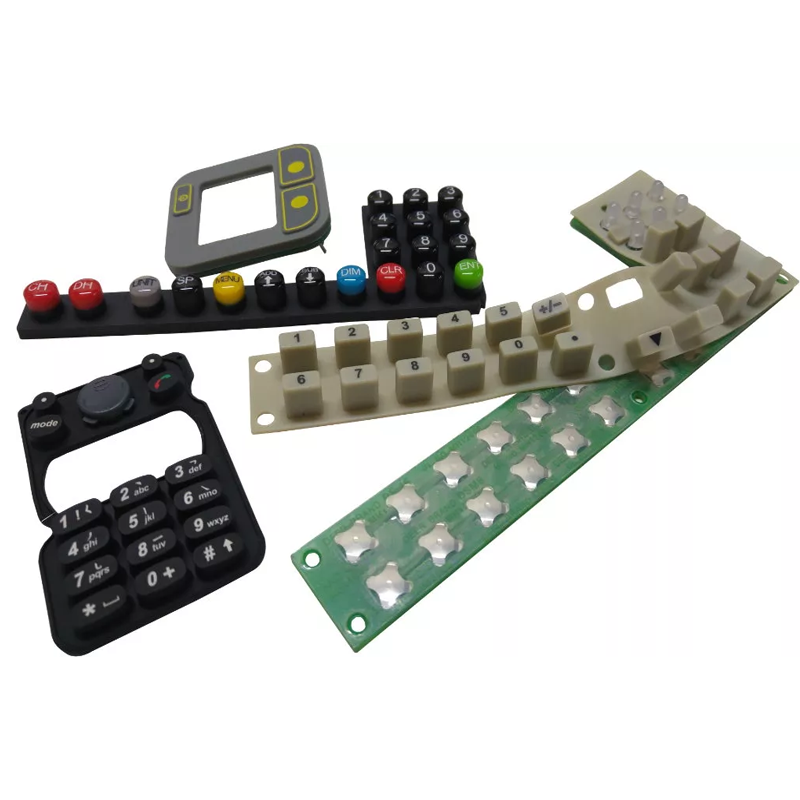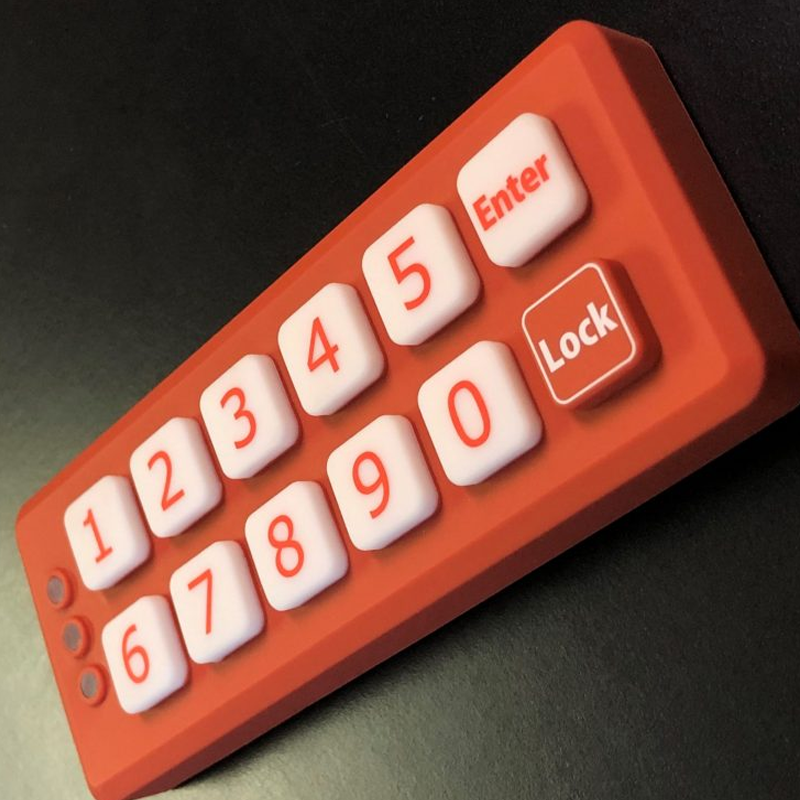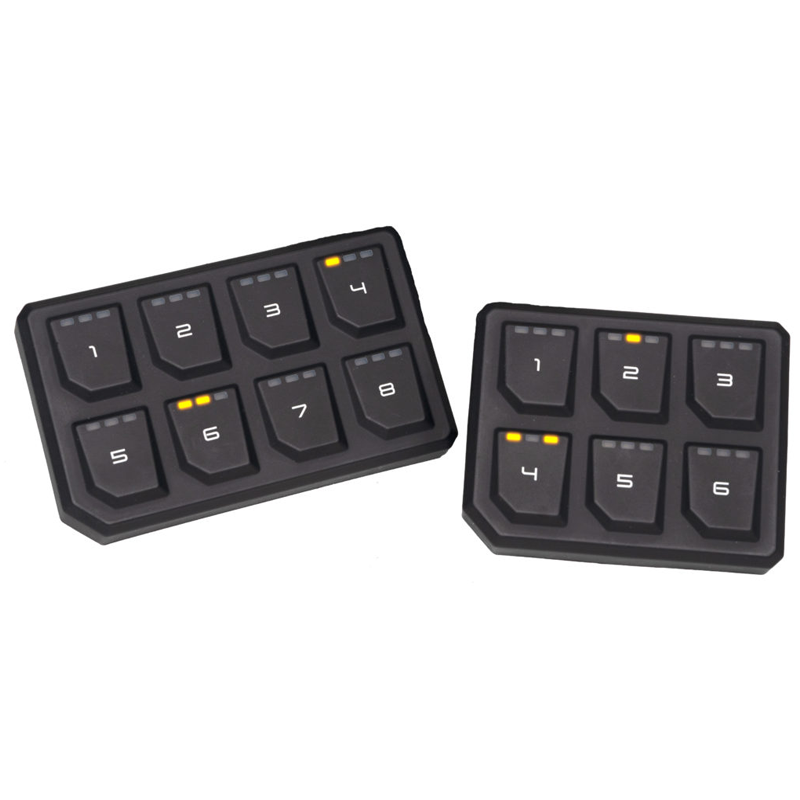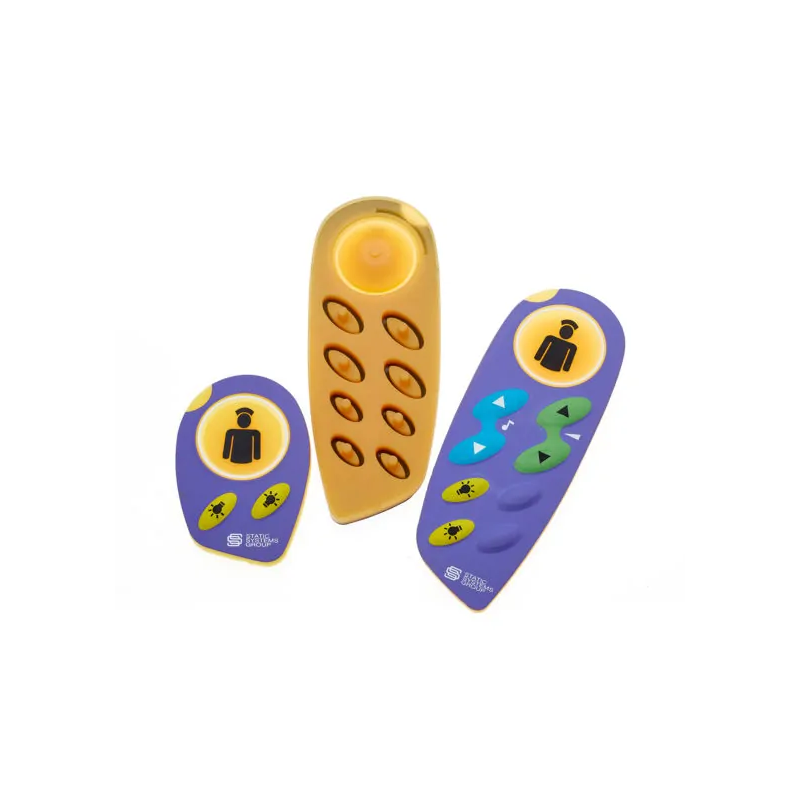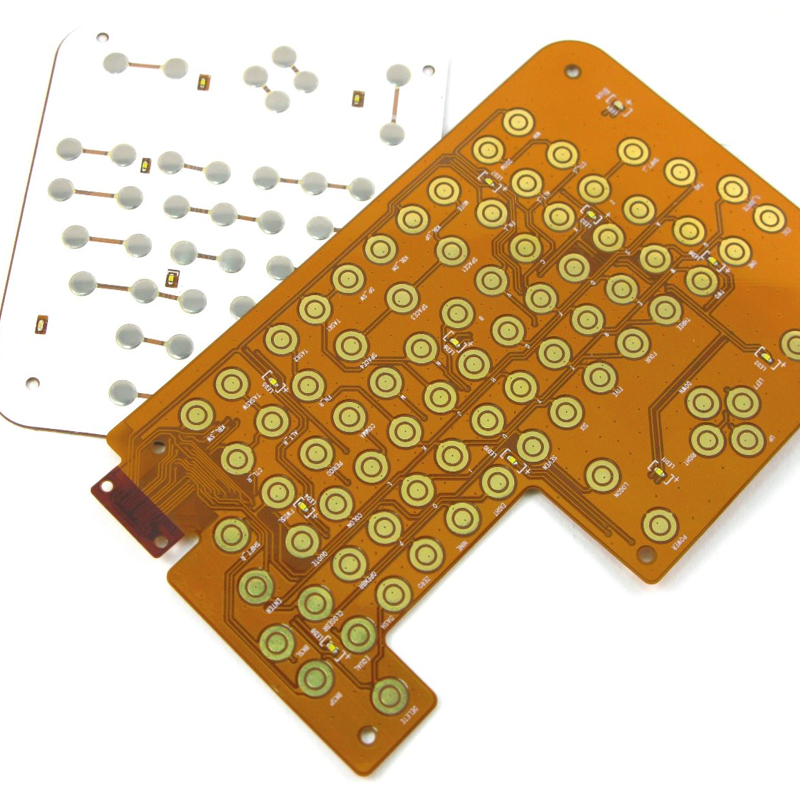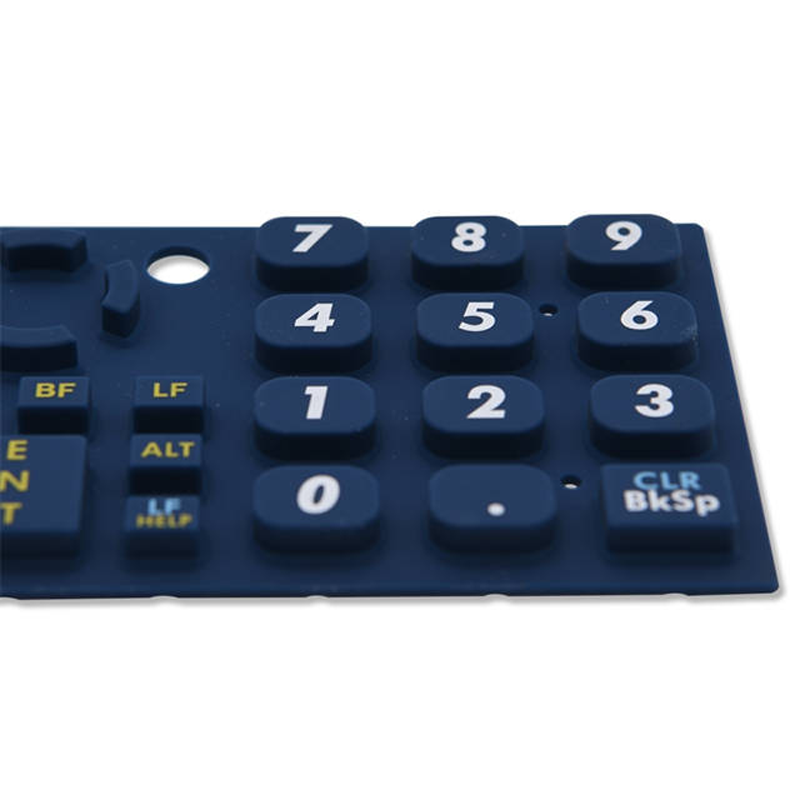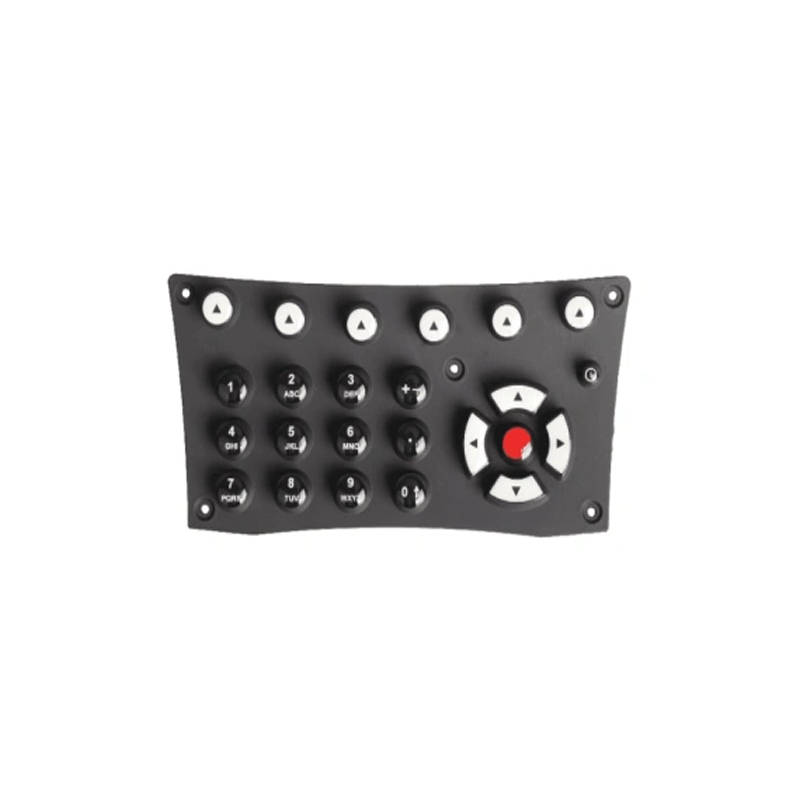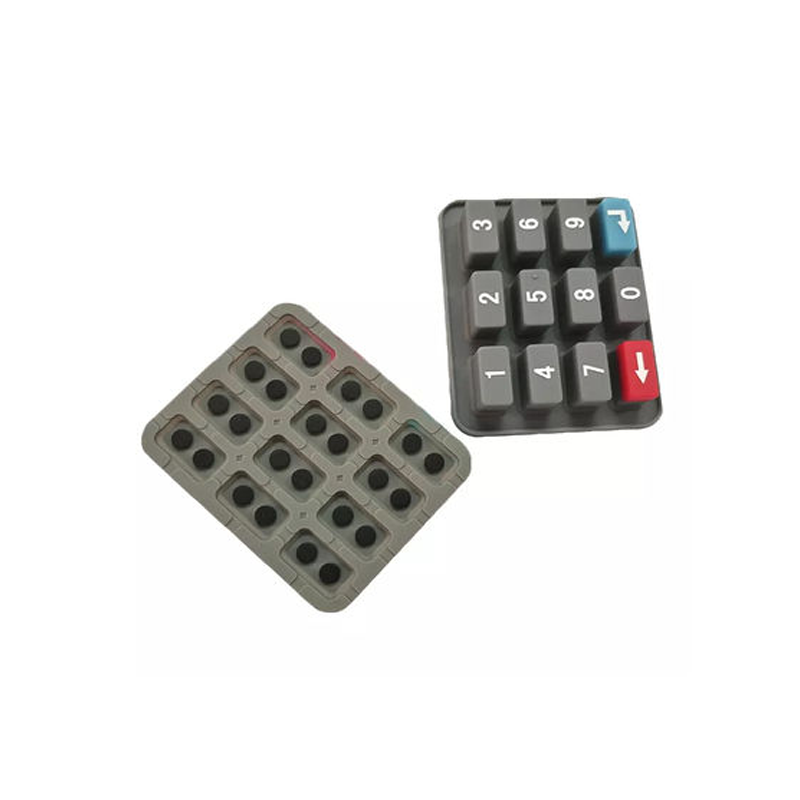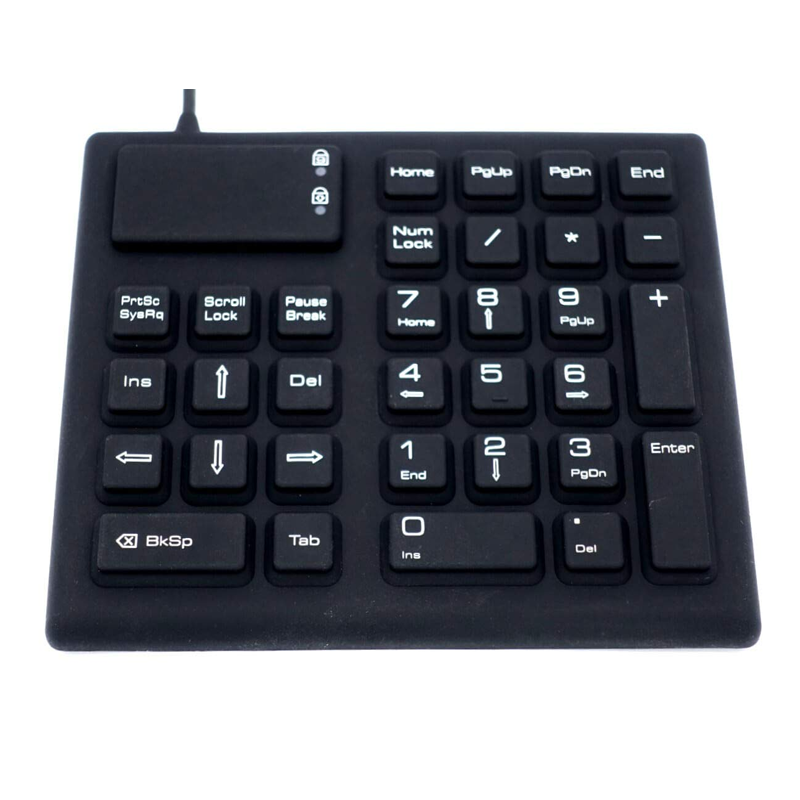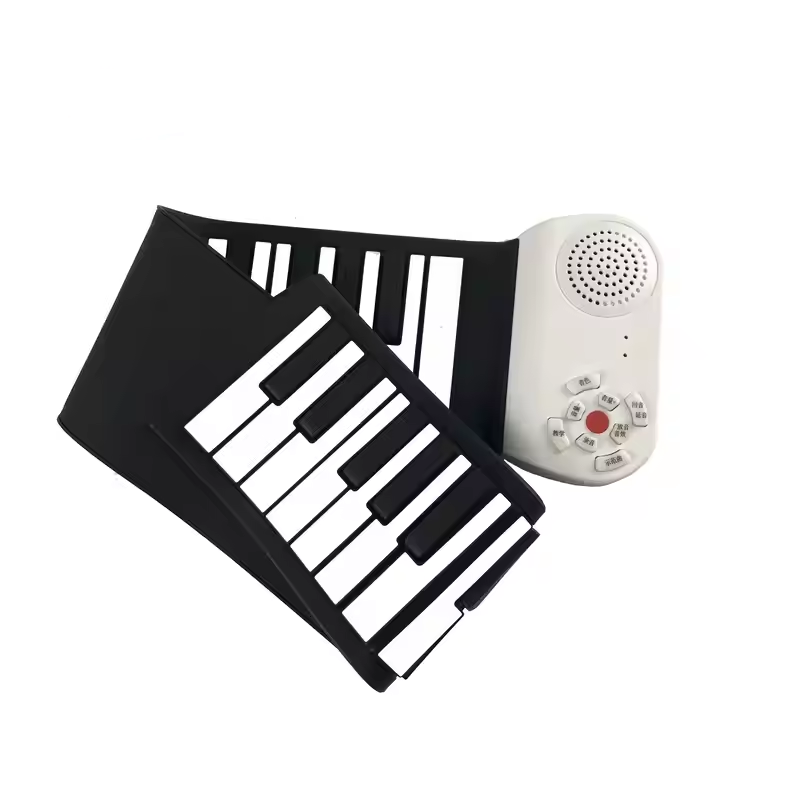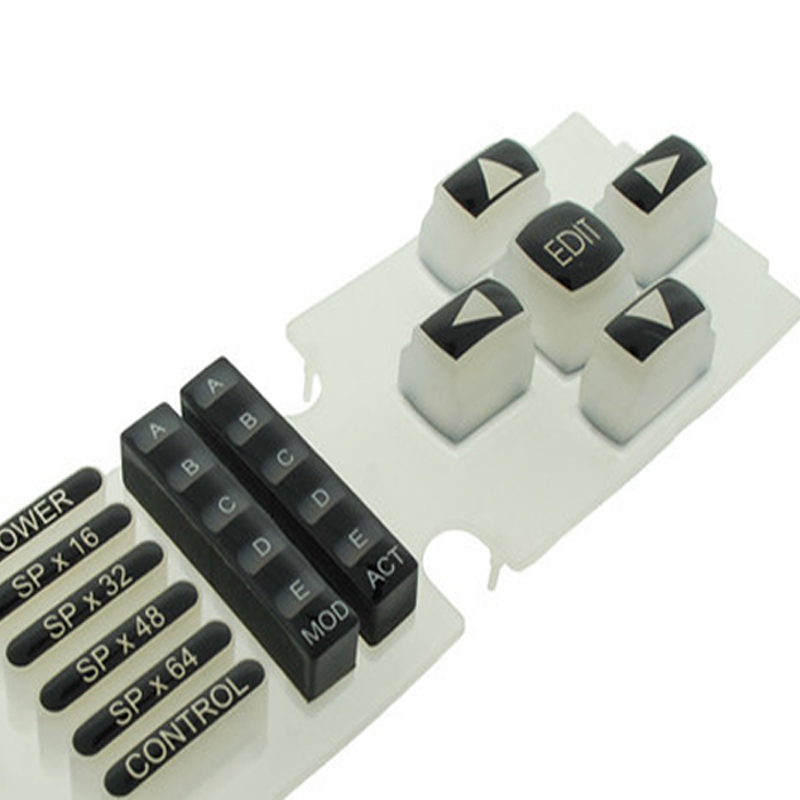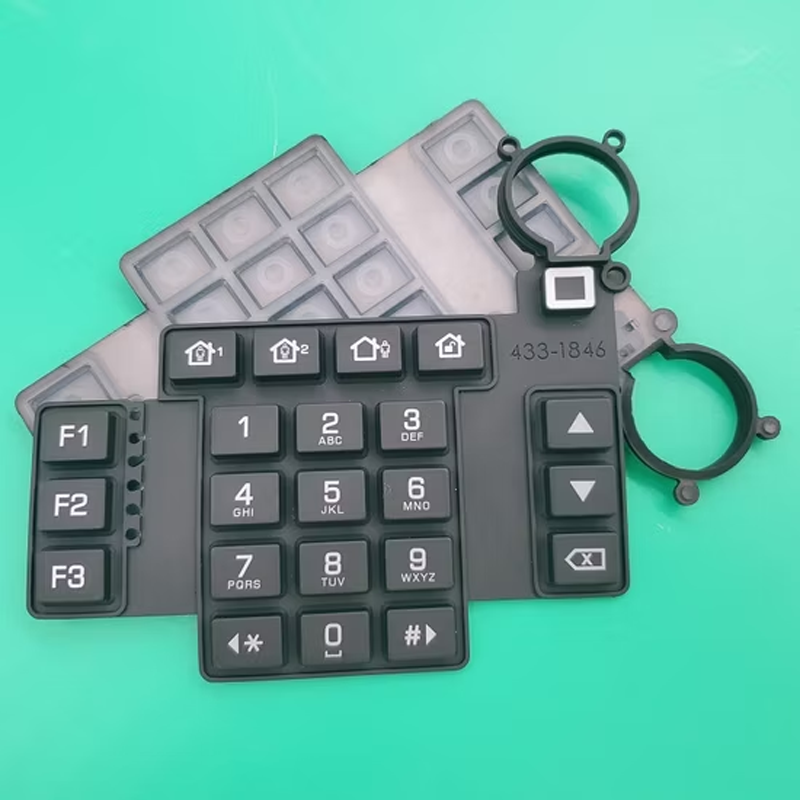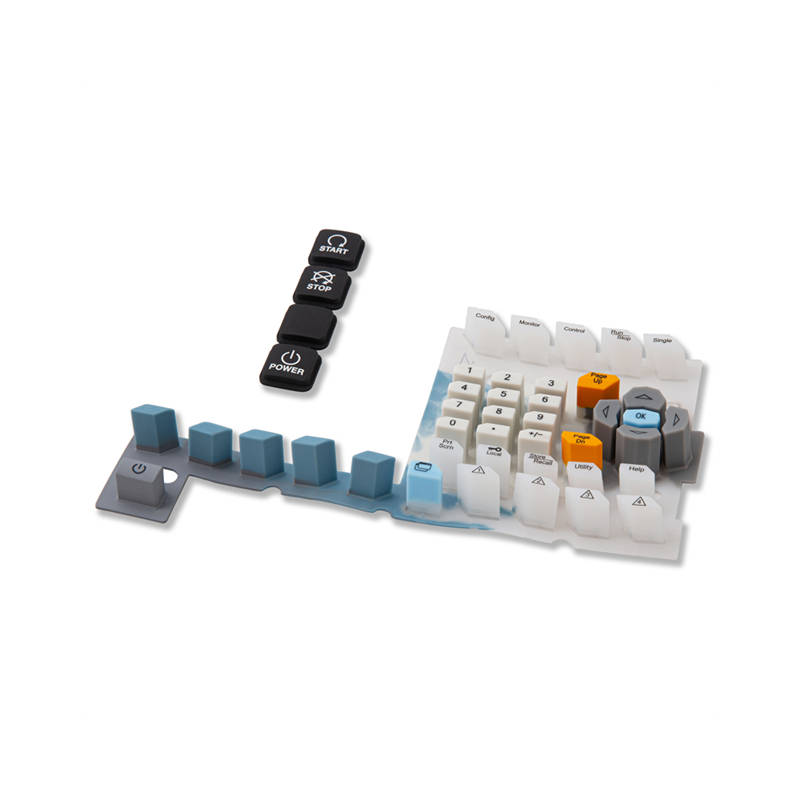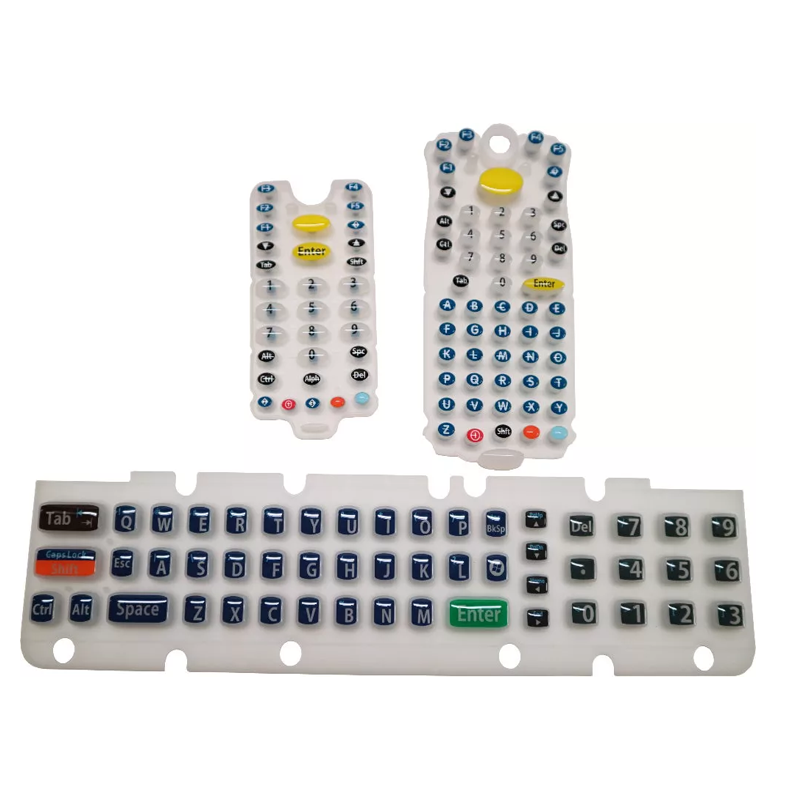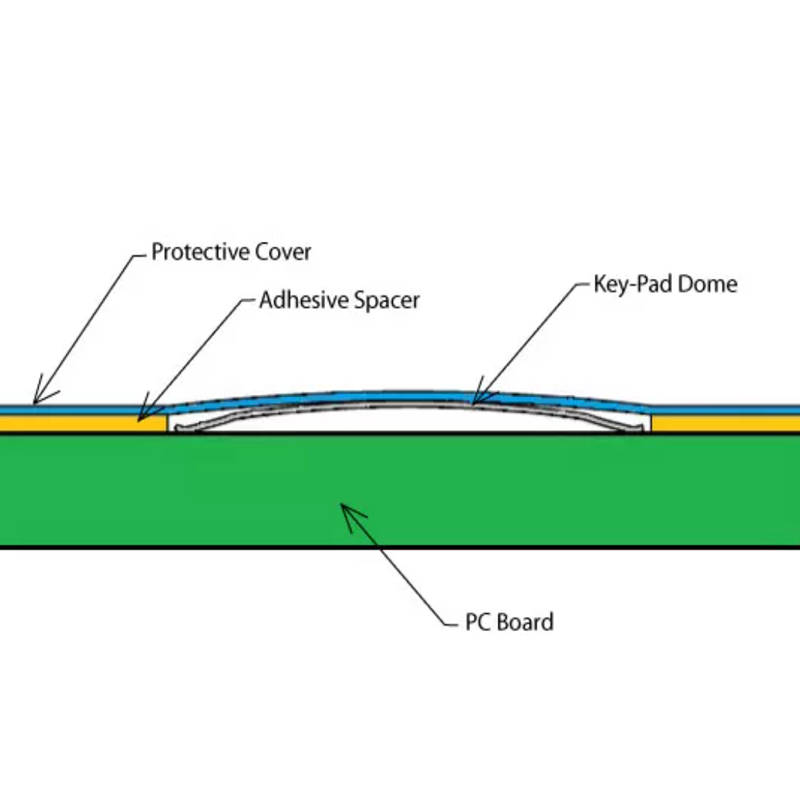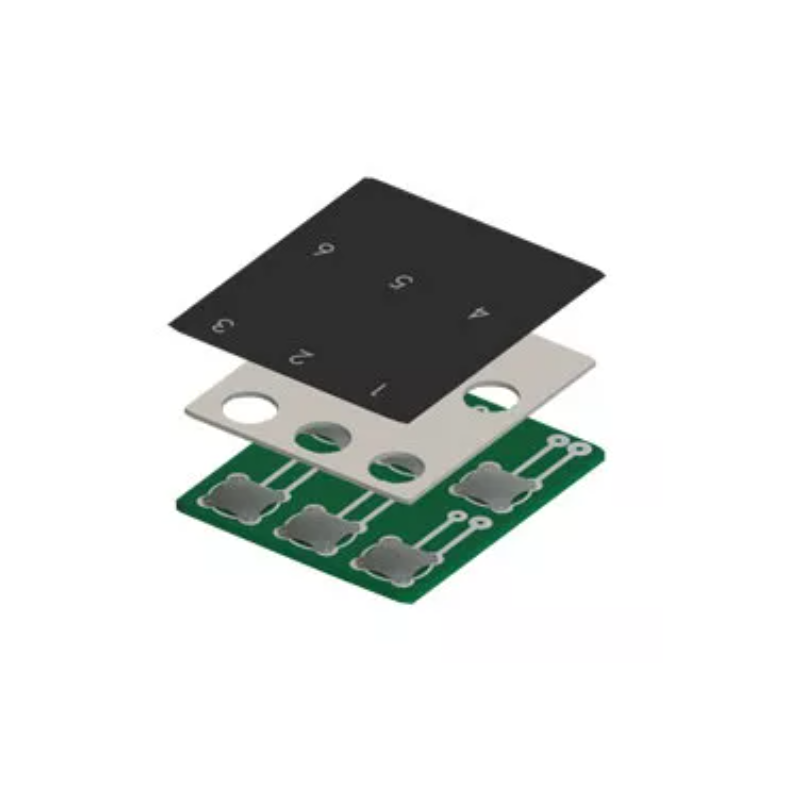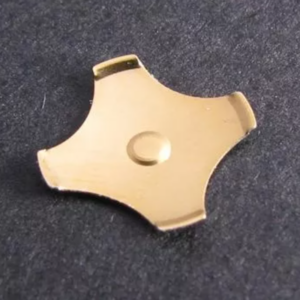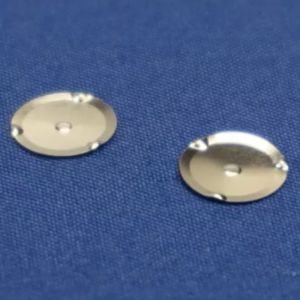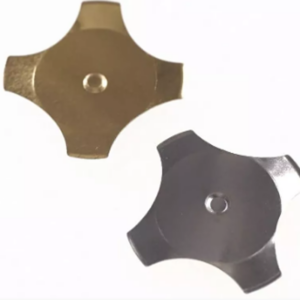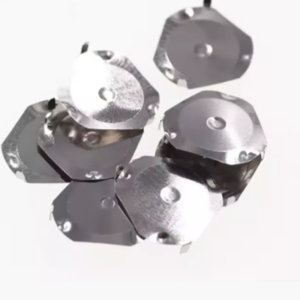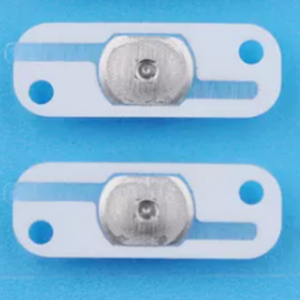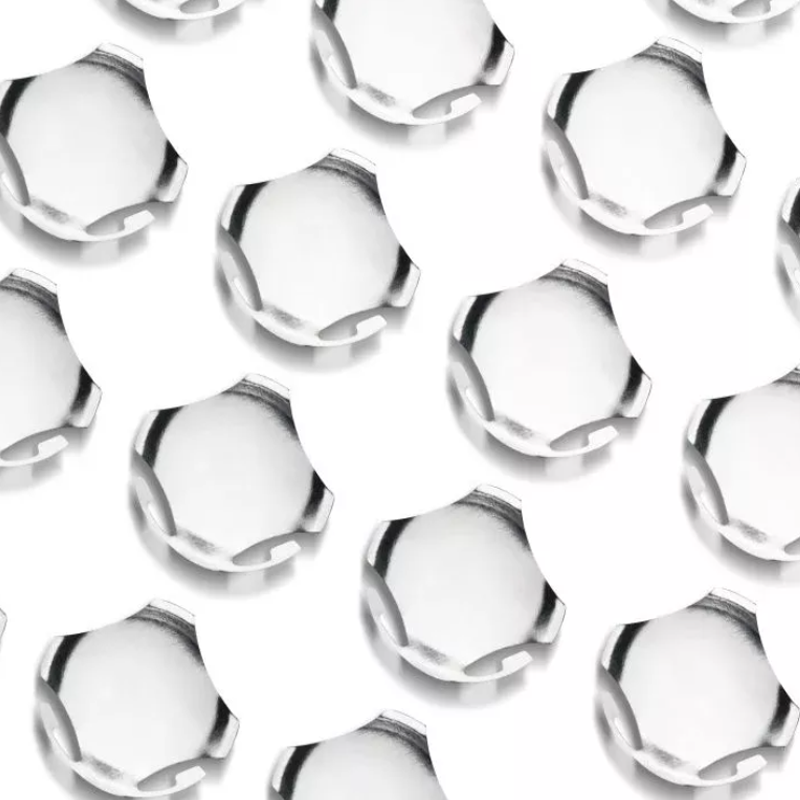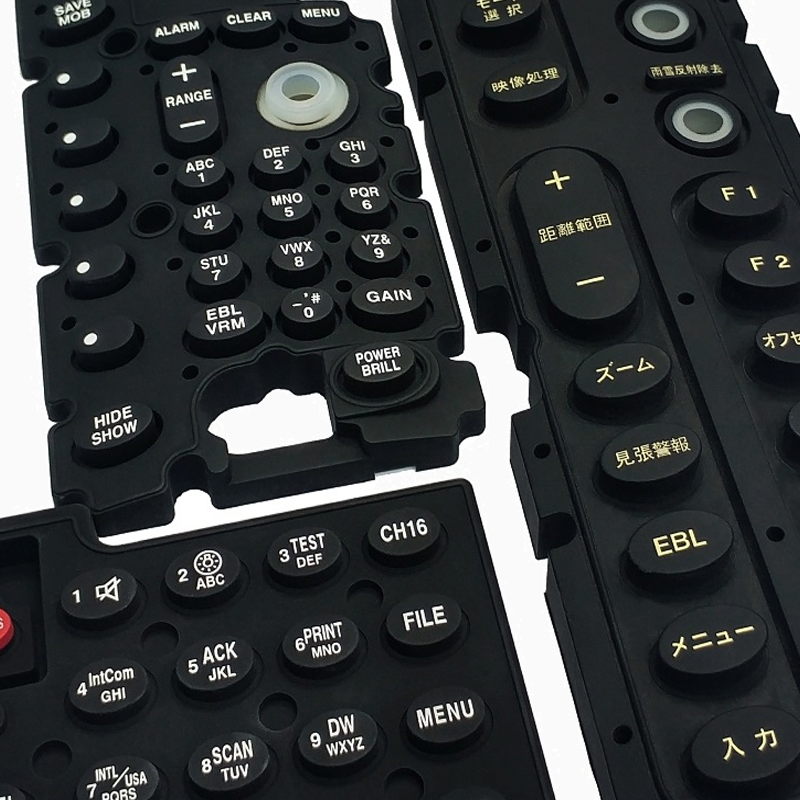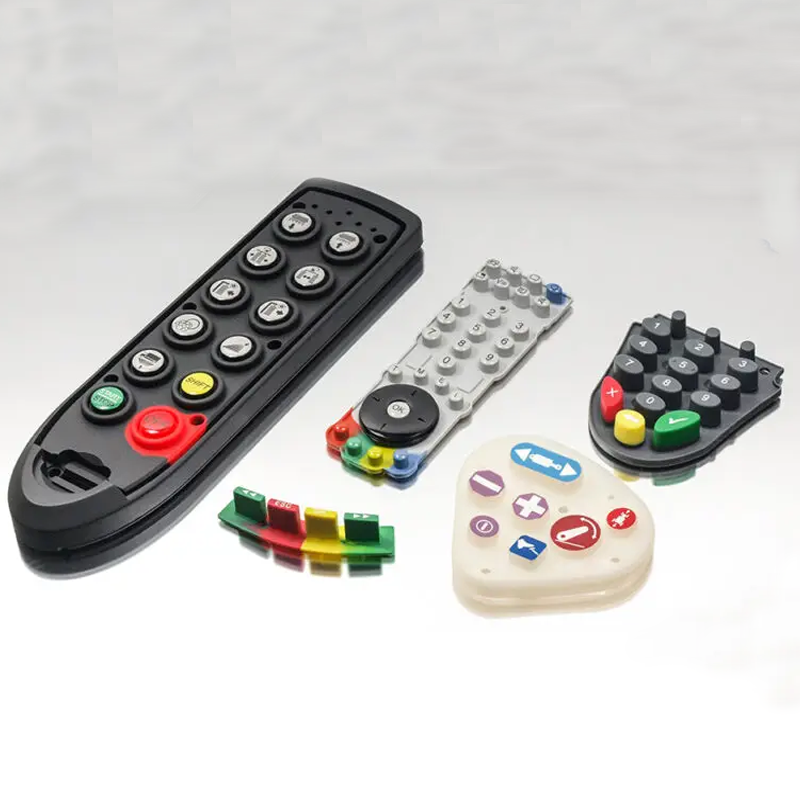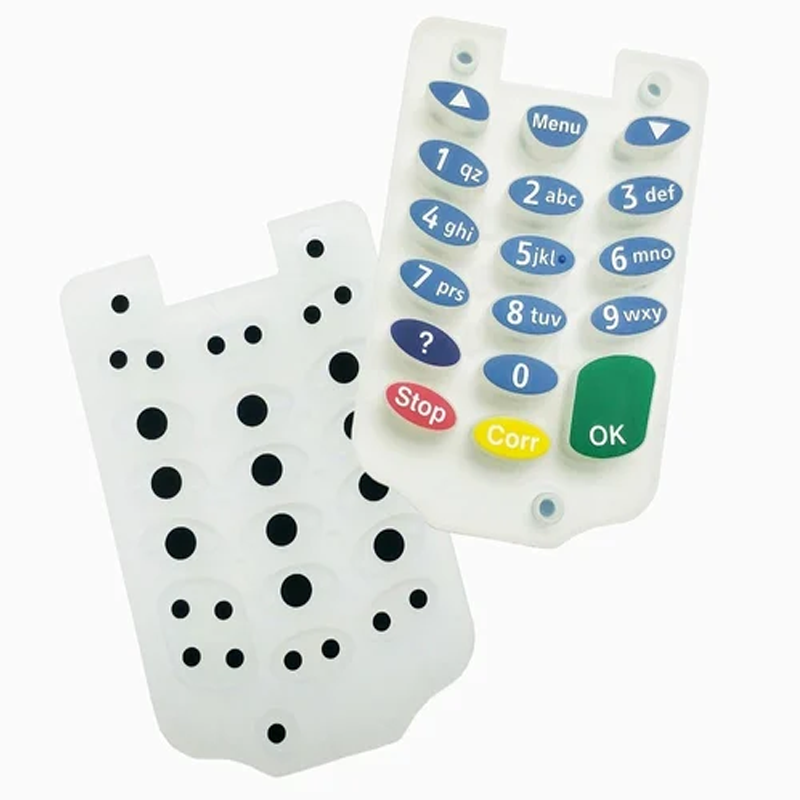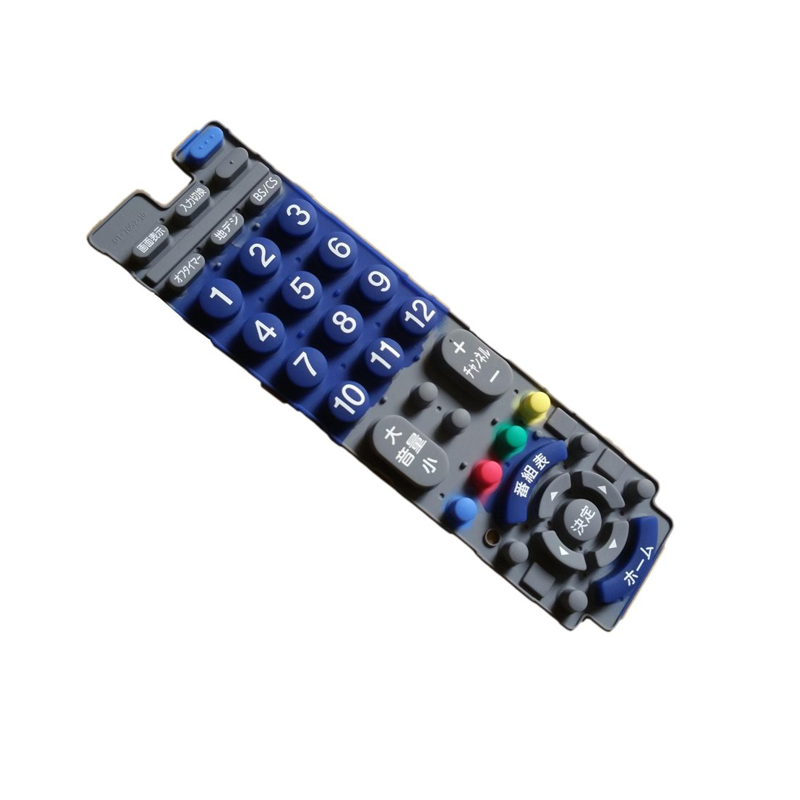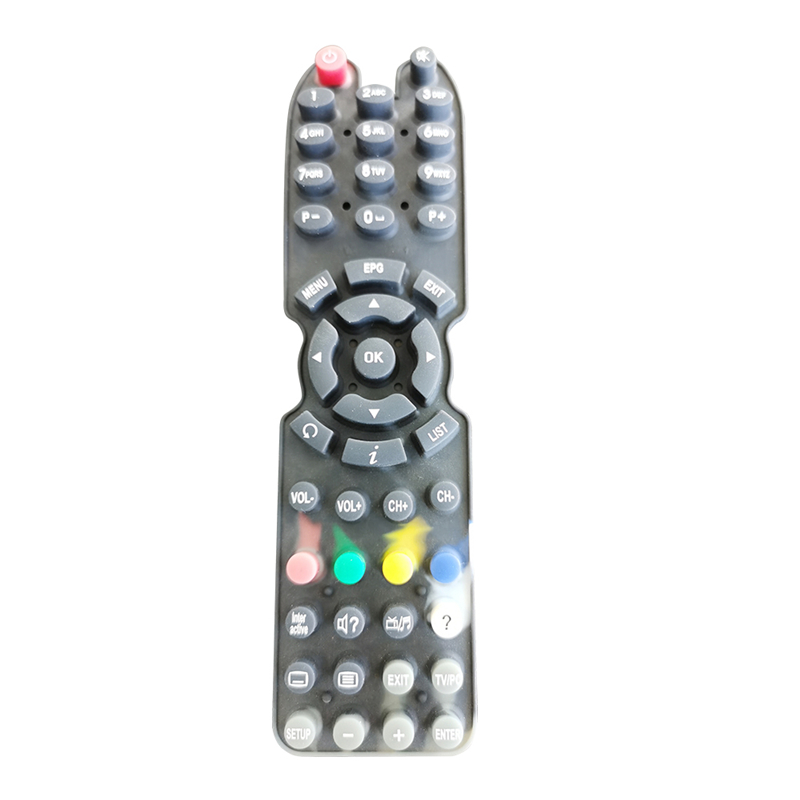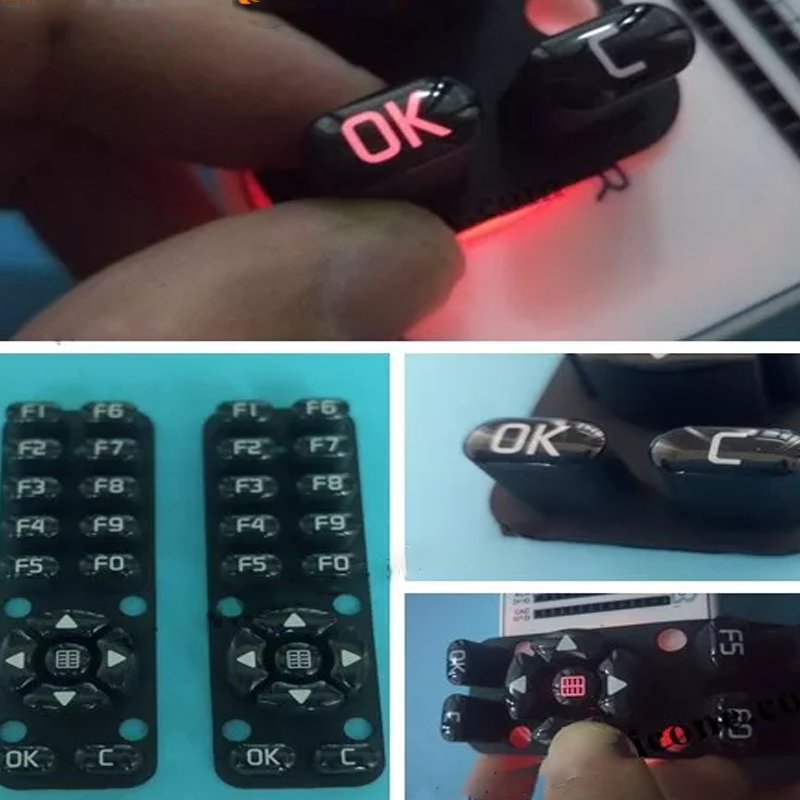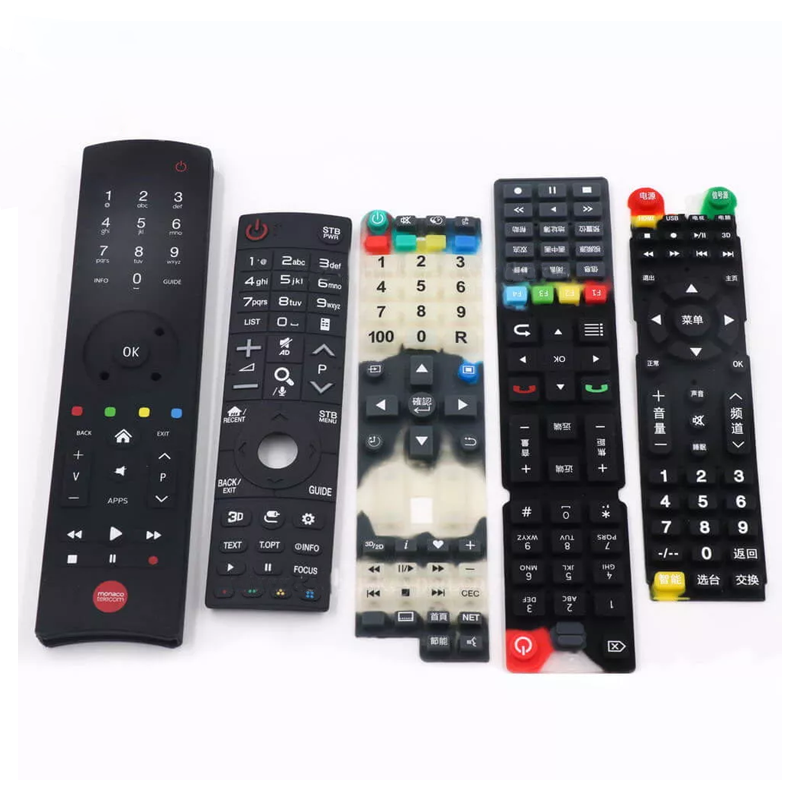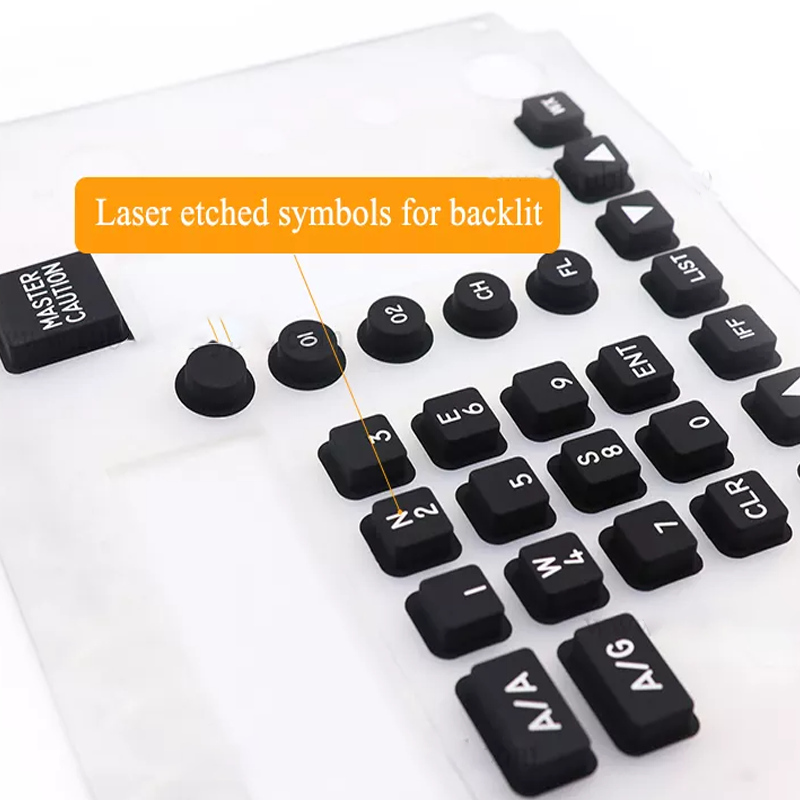As user interfaces evolve, the role of keypad manufacturers in shaping seamless, intuitive user experiences has never been more critical. From the simplicity of mechanical keyboards to the sophistication of touch-sensitive surfaces, keypads serve as the primary point of interaction between humans and technology. At Silkeypad, we are proud to be at the forefront of this transformation. Through a combination of cutting-edge technology, ergonomic design, and sustainable practices, we are not only meeting the current needs of our customers but are also anticipating the future of user experience. In this article, we’ll delve into how Silkeypad is pushing the boundaries of keypad design, focusing on the evolution of keypad technology, sustainability, and personalization.
The Evolution of Keypads: From Mechanical to Modern Solutions
Keypads have come a long way from their early mechanical designs, which were primarily focused on functionality. Today, the integration of digital technology, touchscreens, and biometric solutions has created new possibilities for user interaction. Keypad makers, like Silkeypad, have been at the heart of this evolution, constantly innovating to provide more intuitive, accessible, and efficient user interfaces.
The Foundation of User Experience
For decades, the core goal of keypad makers has been to enhance the user experience by improving the tactile feedback, responsiveness, and ease of use. Whether it’s a mechanical keyboard, a touch-sensitive panel, or a biometric keypad, each design is carefully engineered to ensure seamless communication between the user and the device. At Silkeypad, our commitment to user-centric design is at the heart of every product we produce. We prioritize creating devices that offer not only high performance but also optimal comfort, ensuring users feel engaged and in control during every interaction.
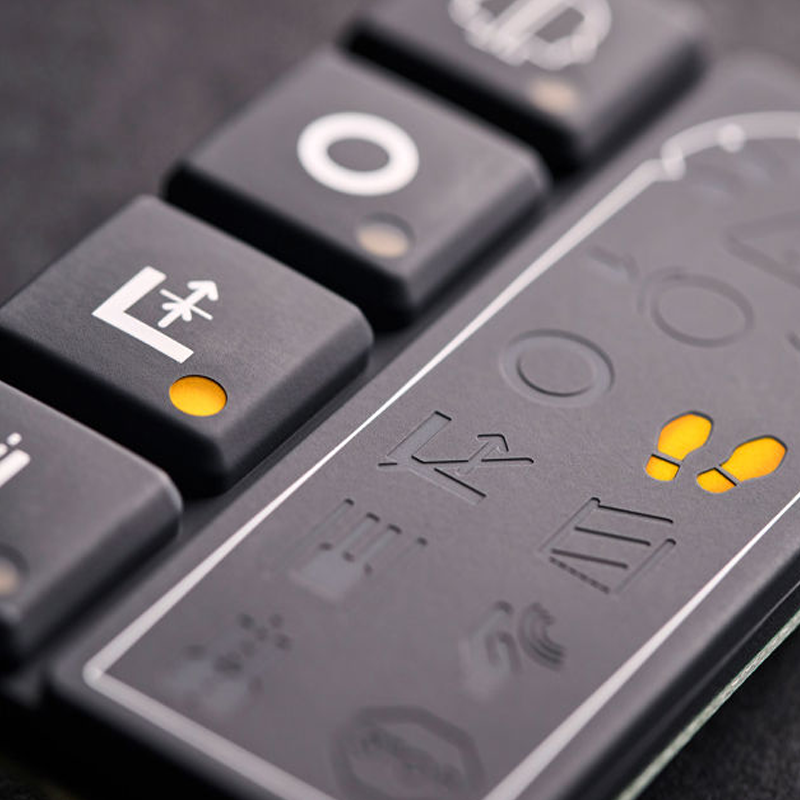
Balancing Tactile Feedback and Ergonomics
A key component of user experience is tactile feedback. Keypads must provide users with responsive feedback to help them feel confident while interacting with technology. Our design philosophy at Silkeypad blends tactile feedback with ergonomic considerations, ensuring that our keypads are not only effective but also comfortable for prolonged use. Whether you’re typing on a mechanical keyboard or interacting with a touchscreen, every Silkeypad product is designed with careful attention to how it feels, ensuring users experience precision and comfort.
The Impact of Mobile Technology on Keypad Design
The rise of mobile technology has had a profound impact on keypad design, driving the demand for more compact, versatile, and responsive solutions. As smartphones, tablets, and wearable devices become ubiquitous, the need for advanced mobile keypads has skyrocketed. Keypad manufacturers are continuously pushed to innovate and integrate the latest technologies to stay ahead of the curve.
Challenges and Innovations in Mobile Keypad Design
One of the biggest challenges facing keypad makers today is the need to design touchscreens that offer accuracy and responsiveness in increasingly compact spaces. Silkeypad meets this challenge by incorporating multi-touch, biometric recognition, and haptic feedback into mobile keypads. These technologies allow for more precise and interactive user experiences, setting new standards for mobile keypad performance.

Furthermore, the demand for high-quality mobile keypads is pushing the envelope in terms of durability and usability. At Silkeypad, we’re at the cutting edge of these innovations, ensuring that our mobile keypads not only meet but exceed industry standards. We continue to explore new materials and technologies that will allow us to offer even more responsive, intuitive, and secure keypads for mobile devices.
Staying Ahead with Advanced Technologies
As the mobile device market rapidly evolves, Silkeypad is dedicated to staying ahead of technological trends. From incorporating AI and machine learning for personalized interactions to exploring next-gen materials for enhanced durability, we are committed to providing the most advanced keypad solutions available. Our continuous investment in R&D ensures that we are equipped to handle the increasing demands for mobile keypads with unparalleled quality and performance.
Sustainability in Keypad Manufacturing
Sustainability is no longer just an option but a necessity in modern manufacturing. As more consumers and businesses prioritize eco-friendly solutions, keypad makers like Silkeypad are embracing sustainable practices to reduce environmental impact while maintaining high product standards.
Embracing Eco-Friendly Materials and Processes
At Silkeypad, sustainability starts at the design stage. We incorporate eco-friendly materials, such as recyclable plastics and biodegradable options, in the production of our keypads. Our commitment to using sustainable materials extends beyond just the products themselves; it also includes reducing energy consumption, minimizing waste during manufacturing, and opting for environmentally responsible packaging.
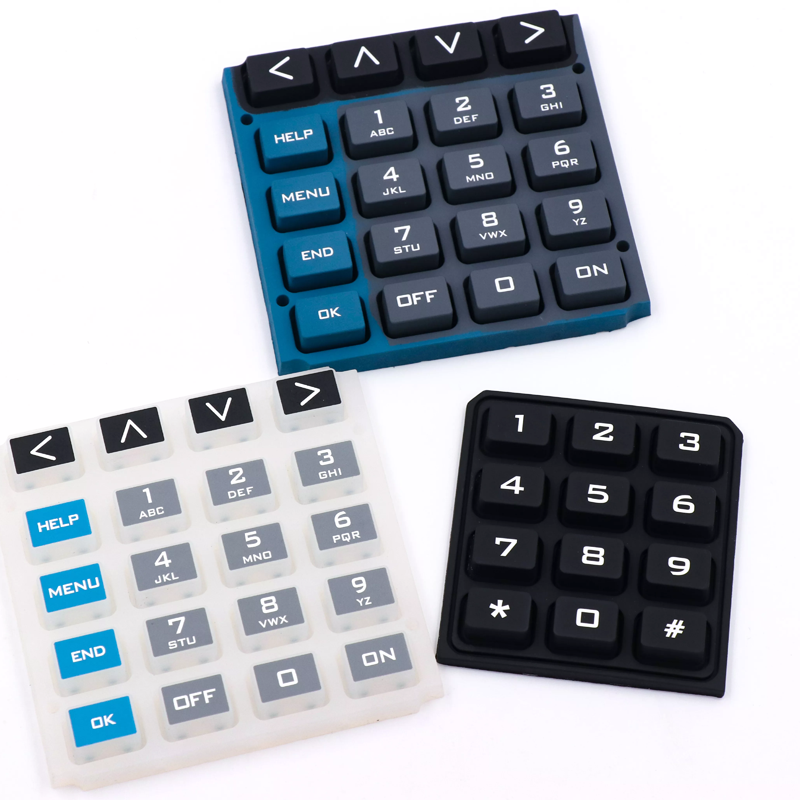
Our eco-conscious approach does not mean sacrificing performance. Our products continue to meet the highest standards for durability, responsiveness, and overall user experience, demonstrating that sustainability and innovation can go hand in hand.
Responsible Innovation for a Greener Future
We understand the importance of responsible innovation in the tech industry. By incorporating green manufacturing practices and working closely with suppliers who prioritize sustainability, we ensure that our products reflect the values of both our company and our customers. At Silkeypad, we believe that creating innovative and high-performance keypads should never come at the expense of the planet.
Personalization and Customization in Keypad Design
Today’s users are seeking more than just functional devices—they want products that reflect their unique preferences and enhance their individual workflows. Personalization and customization have become key trends in keypad design, and Silkeypad is at the forefront of offering personalized solutions that cater to a wide range of user needs.

Catering to Individual Preferences
Whether it’s a custom layout, unique key designs, or aesthetic customization, Silkeypad offers a variety of options for tailoring keypads to suit individual tastes and needs. We understand that different users require different functionalities, which is why we provide options for customization, from color schemes to more intricate designs.
AI and Machine Learning in Keypad Design
The integration of artificial intelligence (AI) and machine learning (ML) is transforming how keypads are designed. With AI-powered keypads, Silkeypad is able to create products that adapt to user behavior over time. This level of personalization goes beyond simple customization; it allows keypads to learn and respond to user preferences, enhancing comfort and functionality. Over time, these devices evolve to suit the specific needs of the individual user, ensuring a truly customized experience.
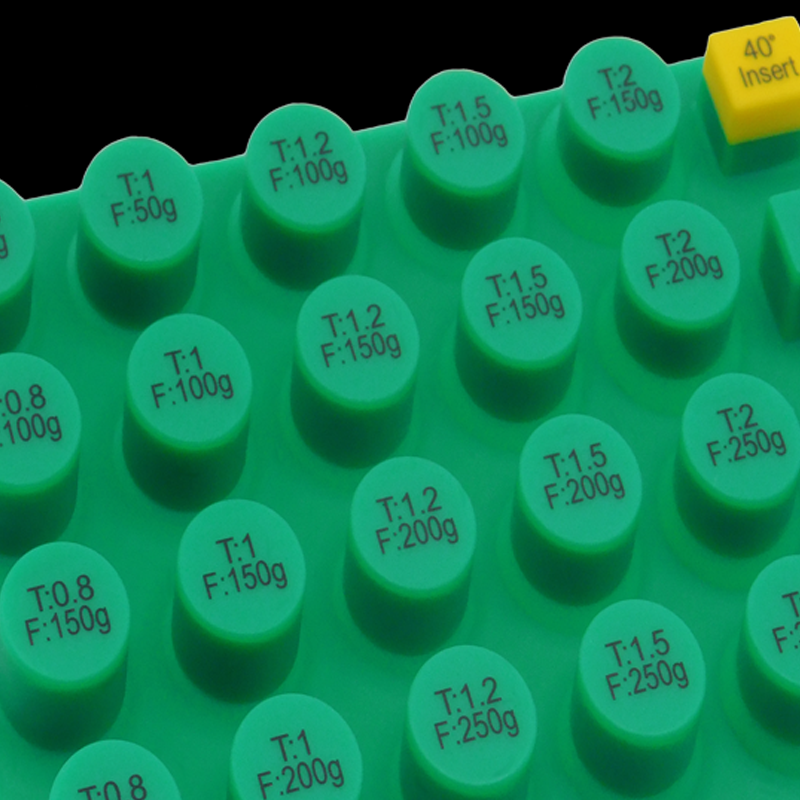
Conclusion:
At Silkeypad, we are proud to be part of the ongoing evolution of keypad technology. From creating mobile-friendly keypads to embracing sustainability and personalization, we are committed to driving innovation in every aspect of keypad design. As the future of user interfaces continues to unfold, we remain focused on meeting the evolving needs of our customers with high-performance, eco-conscious, and customizable keypad solutions.
We invite you to join us in this exciting journey. Whether you’re a business looking for tailored keypad solutions or an individual seeking the latest in cutting-edge technology, Silkeypad is here to provide you with the tools to enhance your user experience. Contact us today to discover how our innovative products can meet your needs and elevate your interactions with technology.
